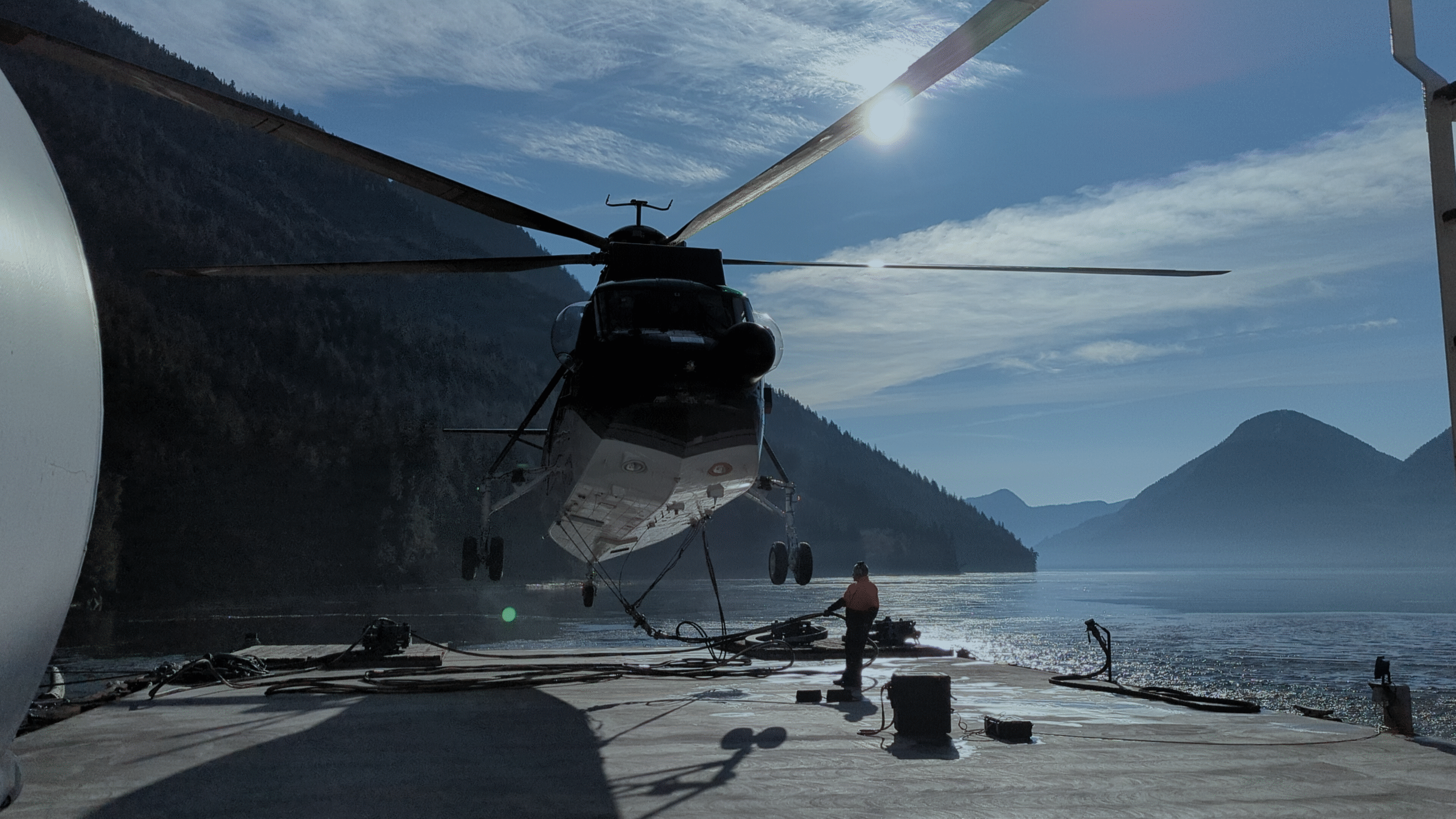Helicopters have become an essential part of the modern aviation industry. They are used for various purposes, such as emergency services, search and rescue, military operations, offshore drilling, and transportation. As with any other technology, helicopters are continually evolving, with newer models being introduced every year. However, there are still many older helicopters in service that are still perfectly functional but may be in need of upgrades.
Upgrading systems on legacy helicopters is often a more economical option than buying new helicopters. This is because upgrading a legacy helicopter can significantly extend its service life while improving its operational capabilities. For example, installing newer avionics, engines, and other systems can make the helicopter more reliable, efficient, and safer to operate. Furthermore, upgrading can often be done at a fraction of the cost of purchasing a new helicopter.

One significant advantage of upgrading legacy helicopters is that it allows operators to take advantage of the latest technology without having to purchase a new aircraft. This is particularly important for organizations that operate older models of helicopters that may no longer be in production. Upgrades can also help to reduce maintenance costs by replacing old, outdated components with more modern and efficient ones.
Another advantage of upgrading legacy helicopters is that it can improve their performance. For example, upgrading to a more powerful engine can increase the helicopter’s maximum speed, range, and payload capacity. Similarly, upgrading avionics can improve the helicopter’s navigation, communication, and situational awareness capabilities.
Upgrading legacy helicopters can also help to ensure compliance with new regulations and safety standards. For example, the Federal Aviation Administration (FAA) frequently updates its regulations, and upgrading a legacy helicopter’s systems can help it to remain in compliance with these regulations.
One area where upgrading can be particularly beneficial is in the installation of health and usage monitoring (HUMS) systems. HUMS systems use sensors and data analysis to monitor the condition of various components and systems on the helicopter. This can help operators to identify potential problems before they become serious issues, reducing maintenance costs and downtime.
In recent years, independently developed HUMS systems have become increasingly popular for legacy aircraft. These systems are designed to be retrofitted onto older helicopters, providing operators with the benefits of modern HUMS technology without having to purchase a new aircraft. Independently developed HUMS systems are often more cost-effective than OEM (original equipment manufacturer) systems, and they can be customized to meet the specific needs of the operator.
Furthermore, independently developed HUMS systems can often be installed more quickly than OEM systems, reducing downtime and improving operational efficiency. They can also be more flexible in terms of data analysis and reporting, allowing operators to customize the system to their specific needs.
In conclusion, upgrading systems on legacy helicopters is often a more economical option than buying new helicopters. Upgrades can extend the service life of the aircraft, improve its performance, and ensure compliance with new regulations and safety standards. Installing an independently developed HUMS system can be particularly beneficial, providing operators with the benefits of modern HUMS technology without having to purchase a new aircraft. In future articles, we will explore the benefits of HUMS systems in more detail and examine some of the different HUMS systems that are available for legacy aircraft.
